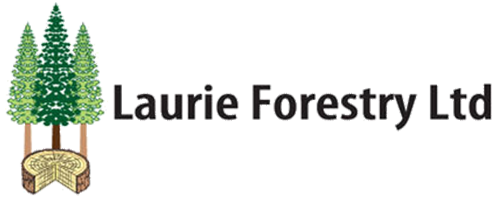Harvesting And
The ETS
The Emissions Trading Scheme
If you own a plantation forest then you will have some obligations and or responsibilities relating to the Emissions Trading Scheme (ETS).
At Laurie Forestry we are able to manage your commitments and help you plan to make your forest as environmentally sympathetic and profitable as possible.
Below is a brief account of the main issues – however you can learn more details about the Emissions Trading Scheme and how it impacts you by the researching the links below.
Plantation Forests or Woodlots Planted Before 1990
If your land had a forest on it planted before 1990 whether or not the current crop was planted before then, you should consider the following points before harvesting the timber.
- All Pre 1990 forest land must be replanted after harvest or a deforestation liability is incurred.
- Replanting can occur up to 4 years after harvest.
- The new species choice and planting density must be at a level that results in a forest.
- If the land is not replanted within four (4) years a deforestation penalty is incurred. This penalty will require owners to surrender sufficient credits to the Crown based on the deforestation lookup tables.
- If you want to know more about what is happening in carbon markets check out our newsletter.
Plantation Forests or Woodlots Planted After 1989
The Emissions Trading Scheme (ETS) rules set out for forests created after 1989 (Post 1989) can be found on the Ministry for Primary Industries website. We advise all forest and woodlot owners to spend some time reading this information.
However, some important things for owners to know include:
- Under the Post 1989 provisions the owner of trees planted since 1990 was eligible to become a participant in the Emissions Trading Scheme (ETS) if the use of land had changed to forestry from another use. This was voluntary and land or forest owners had until the end of 2012 to register.
- Post 1989 land was deemed to be any land that did not contain plantation trees before 1990. If the land was planted in trees before 1990, and had been harvested and replanted since it is still categorised as Pre 1989 land. The new trees could not be registered as Post 1989.
- Land that was reverting native scrub that will reach forest status, and has been retired since 1990, can be included in Carbon Trade under the Post 1989 provisions. This opportunity is more complex and requires a detailed overview and aerial photos taken at/around 1990 to prove the case.
- The owner of the trees or land is defined as the person or persons or company or Trust or Incorporated Society.
All ETS rules pertain to the tree owner. If the trees are in a Joint Venture or Cutting Right, the registration can be with the land owner or the tree owner.
Laurie Forestry are experts in helping you register your forest in the ETS.
Interested in knowing what is happening in the global carbon market?


